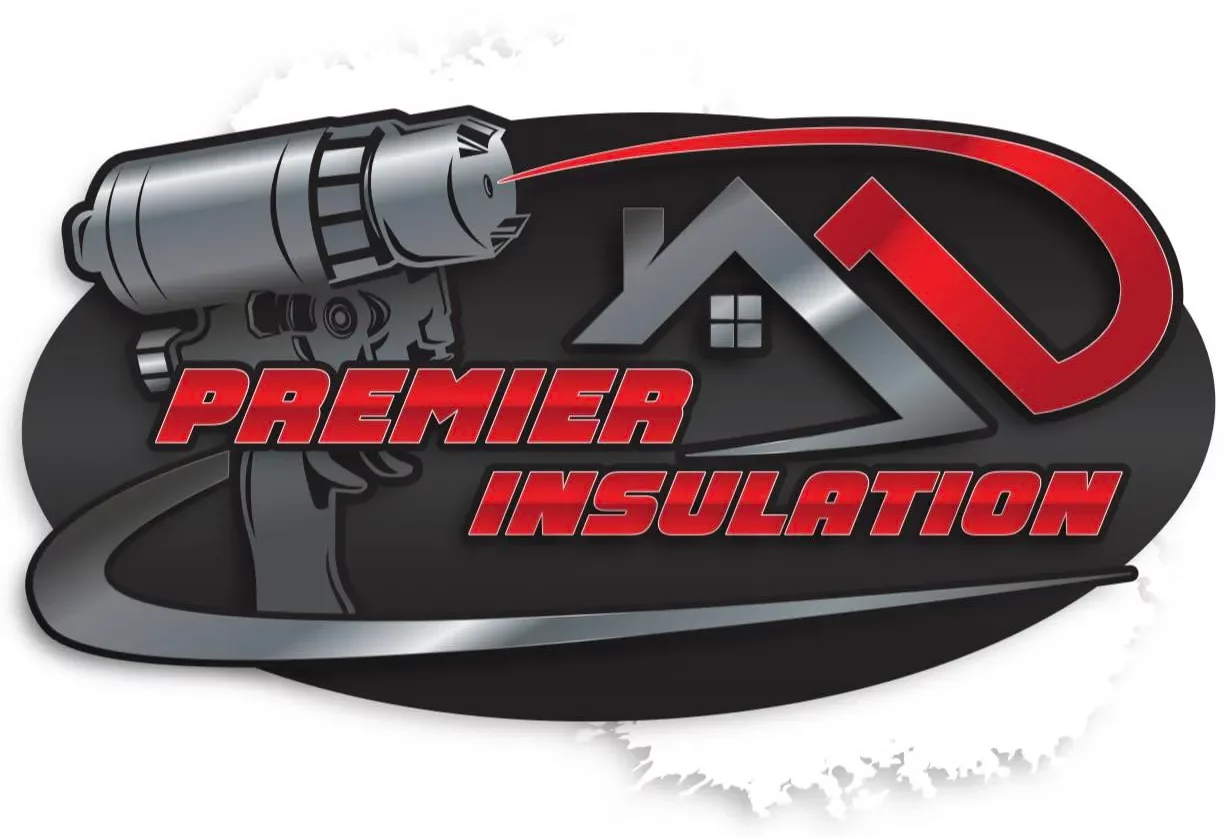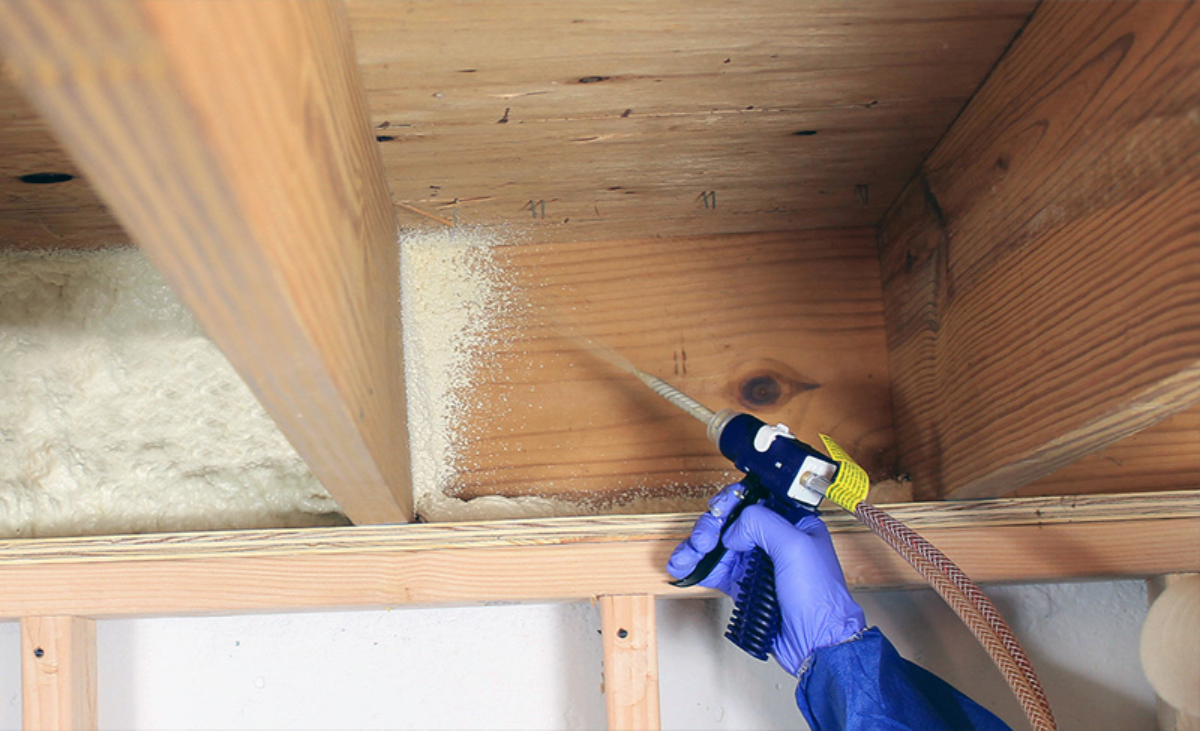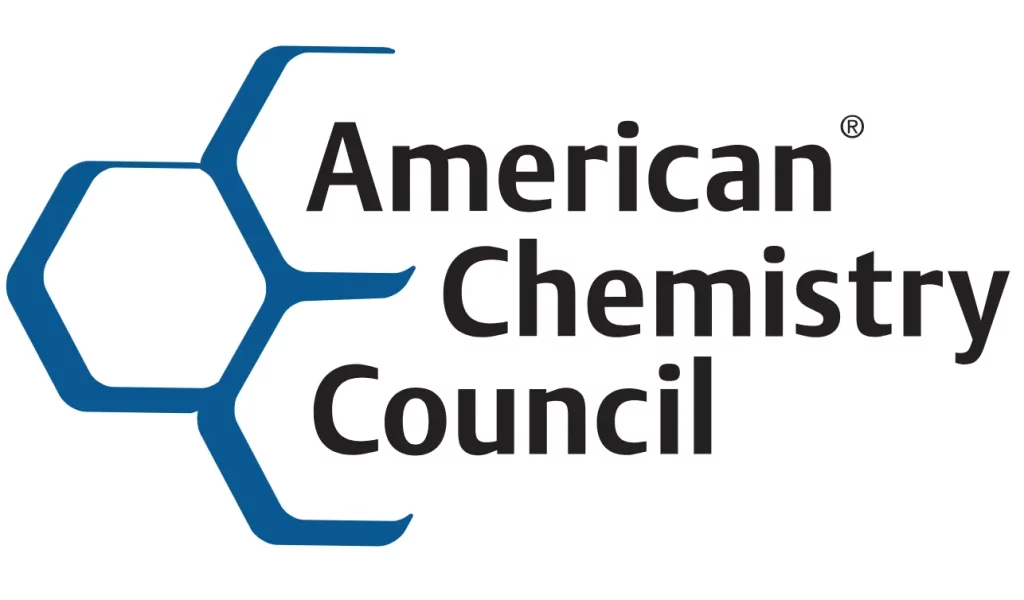The Connection Between Moisture and Air Movement
Air-sealing refers to the process of closing gaps, cracks, and openings in a building envelope to reduce unwanted airflow. In Tallahassee, this goes beyond simple energy efficiency. The region’s high humidity and frequent rainstorms make moisture management a year-round concern. Moisture often enters homes not only through leaks but also via uncontrolled air movement. Warm, humid air infiltrates the house, condenses on cooler surfaces, and creates an ideal environment for mold growth and structural damage.
Sealing those entry points becomes one of the most effective ways to reduce moisture transfer, which is a root cause of indoor discomfort and maintenance issues.
Why Climate Makes a Difference
Tallahassee experiences long, humid summers with temperatures regularly in the 90s and dew points hovering in the 70s. This combination pushes a large volume of water vapor into indoor spaces whenever air leakage occurs. Unlike drier regions where the impact of infiltration is mostly temperature-based, in North Florida it comes with a moisture burden.
Older homes in Tallahassee were often built without a continuous air barrier, and even newer homes can suffer from poorly sealed ductwork or penetrations in the attic, crawlspace, and wall assemblies. The result is a higher load on HVAC systems, frequent maintenance issues, and reduced indoor air quality.
Moisture Control Through Air-Sealing
Controlling moisture at the source is more effective than trying to manage it after it’s inside. Air-sealing prevents the movement of moist outdoor air into conditioned interior spaces. When combined with proper insulation, it helps:
- Maintain stable indoor humidity levels
- Reduce mold and mildew risk
- Improve HVAC efficiency by lessening system load
- Protect wooden framing, drywall, and flooring from rot
These benefits lead to better living conditions and long-term savings on repairs and energy bills.
Energy Use and HVAC Performance
In Tallahassee’s climate, HVAC systems do double duty—cooling the home and managing humidity. Every unsealed gap means extra work for your air conditioner. The system runs longer, wears out faster, and consumes more energy. Duct leakage alone can account for 20–30% of energy loss.
When air-sealing is applied in combination with insulation upgrades, you reduce energy consumption in multiple ways:
- Less conditioned air escapes
- Fewer drafts and cold/hot spots
- More consistent indoor temperatures
- Shorter HVAC cycles
It doesn’t just impact cooling efficiency; it extends the system’s lifespan and improves overall air quality.
Indoor Air Quality and Health
Uncontrolled air leaks can draw in allergens, dust, pesticides, and outdoor pollutants. In humid regions like Tallahassee, they can also pull in moisture-laden air from attics, crawlspaces, or garages—areas often filled with mold spores and contaminants.
Air-sealing supports healthier living by acting as a barrier against pollutants. It also works with filtration systems and ventilation strategies to ensure fresh, clean air is delivered without bringing in unwanted particles or excess humidity.
Crawlspaces and Attics: High-Risk Zones
These areas are often overlooked, but they are major contributors to air leakage. In older homes, vented crawlspaces and unsealed attic hatches create direct pathways for outdoor air. Sealing these zones helps isolate conditioned spaces and reduces the stack effect—a phenomenon where warm air rises and escapes through the top of the home while pulling humid air in from below.
Strategies include:
- Sealing rim joists and foundation gaps
- Insulating and sealing attic hatches and recessed lighting
- Closing gaps around plumbing and wiring penetrations
Reducing Long-Term Maintenance Costs
Moisture and temperature swings degrade materials over time. Wooden floors warp, drywall stains, and paint peels. By controlling air infiltration, homeowners protect their investment from ongoing wear caused by condensation and humidity cycles.
Insurance claims related to mold and water damage are common in Florida. Air-sealing is a proactive approach that reduces the likelihood of these issues and preserves property value.
Smart Upgrades for Better Building Performance
Not every upgrade needs to be expensive or complicated. Strategic air-sealing often starts with simple fixes:
- Weatherstripping around doors and windows
- Caulking baseboards and trim
- Sealing around vents and wall penetrations
For broader results, whole-home energy assessments can pinpoint areas of concern. Tools like blower door tests and thermal imaging highlight hidden leaks, making upgrades more precise and effective.
When to Consider Professional Air-Sealing
DIY fixes help, but they rarely address the full scope of the problem. Hiring trained technicians ensures proper materials, methods, and sealing techniques are used. A professional can:
- Assess the entire building envelope
- Identify leakage patterns
- Seal ducts, attics, crawlspaces, and other hard-to-reach areas
Smart Solutions for Tallahassee Homes
For homeowners in Tallahassee, managing humidity isn’t optional. Air-sealing is one of the most effective strategies to control indoor comfort, protect building materials, and reduce HVAC strain. It complements insulation, supports healthy air quality, and saves money across seasons.
To schedule a home assessment or learn how these upgrades can work for your property, contact Premier Insulation at (229) 843-6767 or email premiereinsulationga@gmail.com.
Frequently Asked Questions
How much does air-sealing cost in Tallahassee?
Pricing varies based on the size of the home and scope of work. Basic sealing starts around $300–500, while full-service upgrades may range from $1,000–2,500.
Is air-sealing effective without insulation upgrades?
Air-sealing provides immediate benefits on its own, but works best when paired with proper insulation.
Will it lower my energy bill?
Yes. Reduced air leakage means your HVAC system runs less often, leading to energy savings of 10–30%.
How long does air-sealing last?
Most products, like caulks and foams, are durable for 10–20 years if applied correctly.
What areas should I focus on first?
Start with attics, crawlspaces, doors, windows, and ductwork. These are common leak points.
Can I do it myself?
Weatherstripping and caulking are simple DIY projects. For larger or hidden leaks, professional help is more effective.
Does air-sealing prevent mold?
It reduces the conditions that lead to mold by limiting moisture entry.
Will it make my home too airtight?
Not likely. Most homes leak too much, not too little. Mechanical ventilation can be added if needed.
Is there a way to measure leakage?
Yes. A blower door test measures how much air escapes your home and pinpoints leaks.
Is this service eligible for rebates?
Yes. Some local utilities and energy programs offer incentives for sealing and insulation upgrades. Check with your provider.





